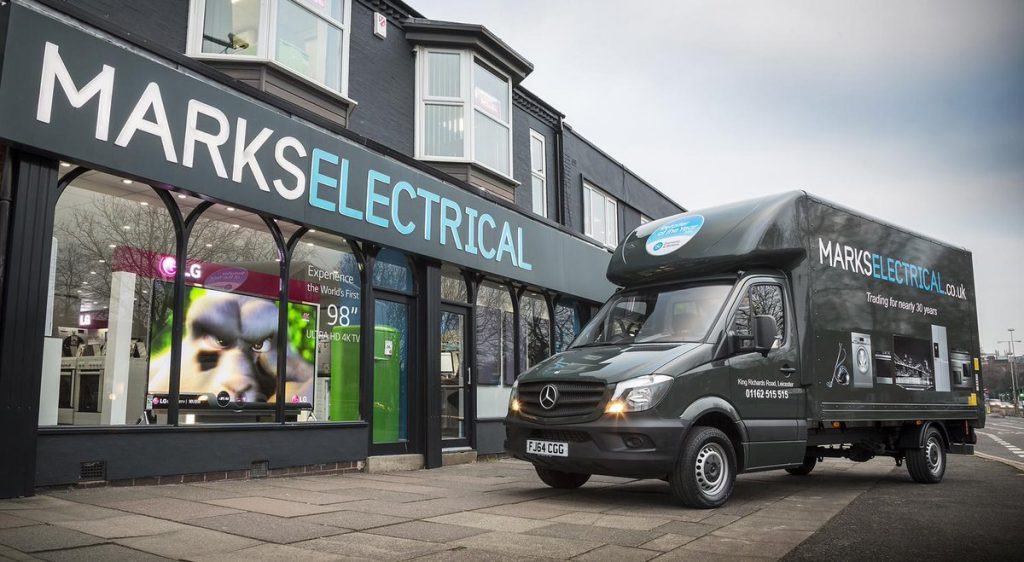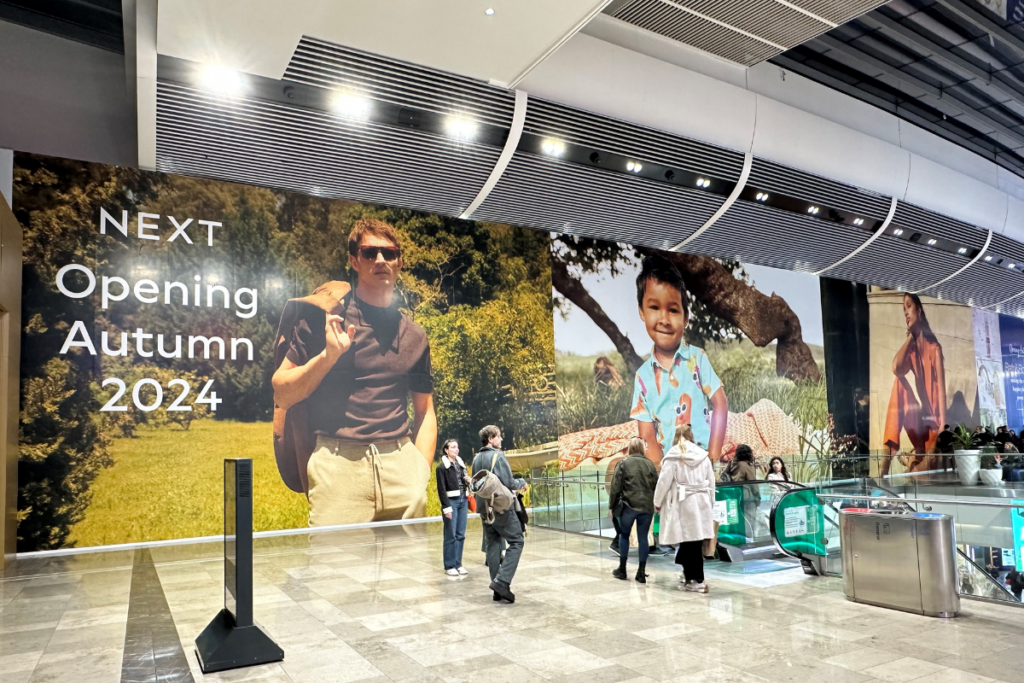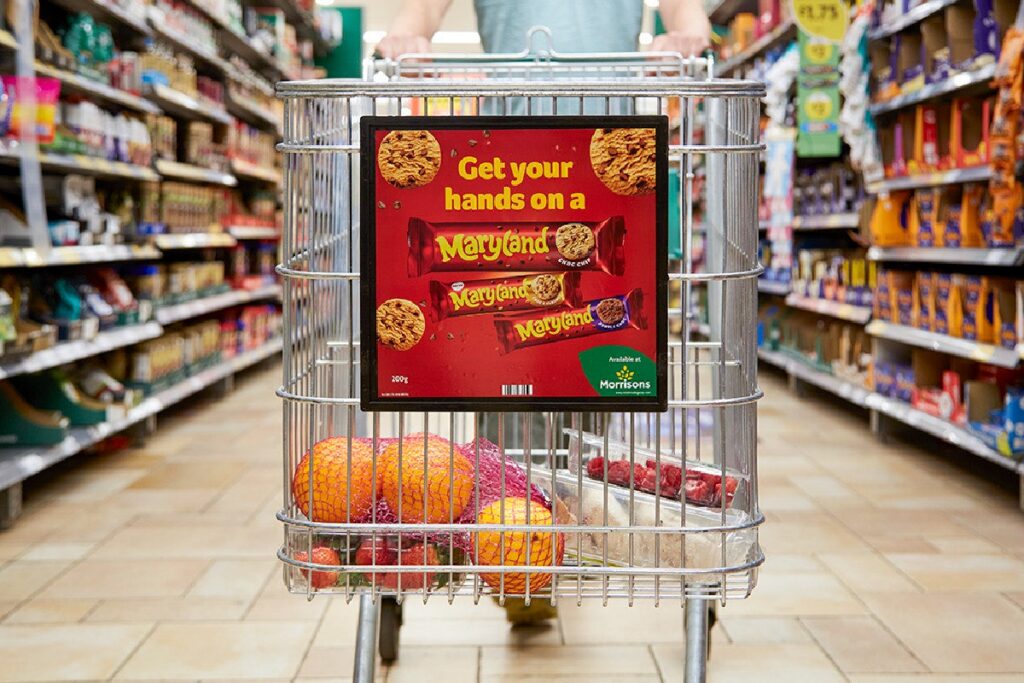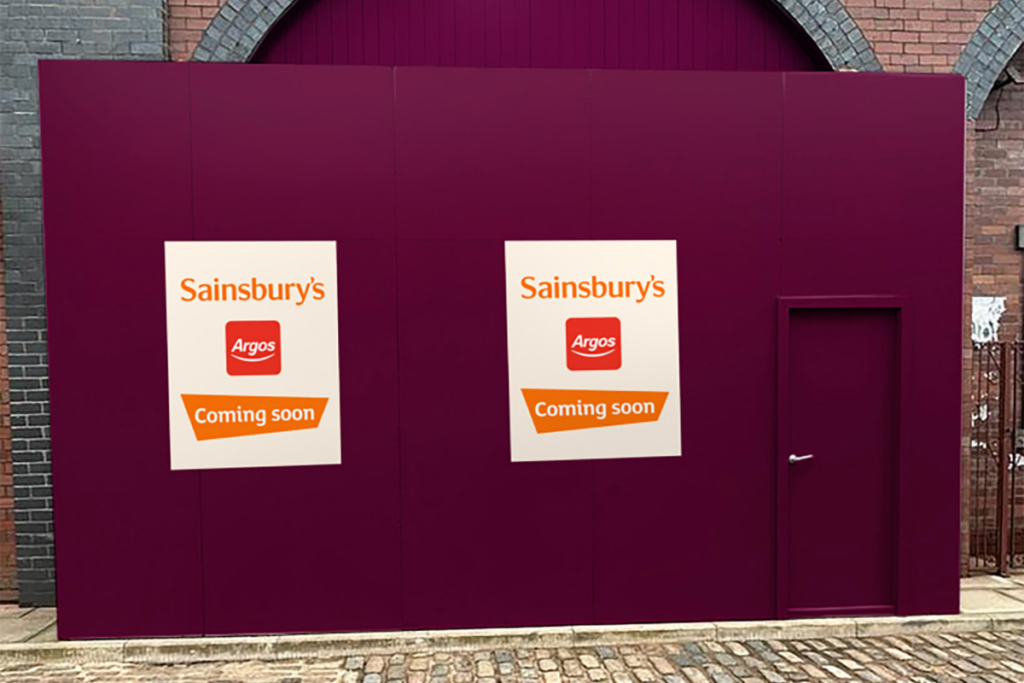In my previous article I revisited ‘Total Retail‘ – a term I use to describe the extension of the multichannel, going beyond a smooth interchange of data and intelligence between click and mortar operations to merge multichannel supply chain, marketing and sales into one continuous shopping experience. This month, I want to focus on high-street shops such as HMV being overtaken by online retailers like Amazon; is it because HMV is dying, or is it because the bricks-and-mortar model is?
According to figures published last week, the footfall on the high-street is actually rising, so we might be spending more online – as growth in the IMRG Capgemini e-Retail Sales Index regularly shows – but we are still fans of going out and visiting physical stores, handling goods and making purchases at the till. So what does this mean for the likes of HMV, and those wishing to preserve the high-street?
In this article, I will discuss the changes that need to be made to avoid the demise of the British high-street, and how traditional retailers can learn from the online-only brands.
Recent figures revealed by the IMRG Capgemini e-Retail Sales Index showed that on-line retail continues to enjoy double digit growth rate while overall retail remains stagnant at best. With the emergence of mobile as a true shopping channel and new delivery/collection options, we expect this trend to continue and IMRG and Capgemini have forecast that the Index will grow a further 13 per cent in 2012.
Further, the growth in online-only retailers‘ sales rose from 11 per cent in the first-half of 2011 to 13 per cent in the second-half, reflecting a shift toward cost options in contrast to previous preferences for the ease and familiarity of the high-street brand.
The trend towards online-only retailers has seen Amazon surpass HMV to become the UK‘s top home entertainment retailer. The online giant captured 22.4 per cent of the CD, DVD and computer games market in the 12-weeks leading up to Christmas 2011, pushing HMV to second place with 17.5 per cent of the market, according to figures from Kantar Worldpanel.
Amazon‘s strong performance is down to a number of factors, including its competitive prices, wide product line and unlimited display space, as well as its ability to provide good customer service – despite being online. Consequently, competition from Amazon and other online giants had led troubled HMV to close 40 of its stores, sell off the Waterstone bookshop chain and issue repeat profit warnings.
HMV needs to succeed in its strategy shift if it is not to follow the likes of Tower Records, Our Price and Zavvi. However, HMV‘s falling market share came almost entirely from its high-street shops, with online sales holding up well – showing, perhaps, that if you trust the brand what value does the high-street add?
All of this means that the store is no longer the most competitive channel for selling and delivering products and services. Does this mean the game is up for digital retailers on the high-street? Not at all, it means the high-street needs to readjust.
The high-street needs to learn the lessons from the loss of Great British favourites, including Woolworths in 2009, and pay more attention to what the public is actually calling for. Today‘s shopper has grown bored of the past and present incarnations of their local shopping centres and we must move decisively to create a sustainable future for high-street retail. Specifically, the entertainment market consists of commodity products (you don‘t have to touch and feel – you know exactly what you are getting) which can be delivered through your letter box; why wouldn‘t customers buy these online. Increasingly, these products can be downloaded over the Internet and even Amazon ran the risk of being cut out by publishers selling direct which led them to invest heavily in the Kindle to retain the connection to th
RELATED STORIES

















